Innovative Deal Structures for SMB Acquisition: A Comparative Guide to Earnouts, Seller Financing, and Creative Structuring Techniques
- Posted by admin
- On April 30, 2025
- 0 Comments
Why Financing Is the Linchpin of SMB Acquisitions
In today’s dynamic business landscape, the acquisition of small and mid-sized businesses (SMBs) is witnessing significant momentum. Driven by succession planning needs, market fragmentation, and emerging growth opportunities, individual buyers and strategic investors are increasingly targeting SMBs. However, while interest is high, securing the right financing remains a persistent challenge.
Traditional bank loans often demand stringent collateral, and private equity funding typically bypasses smaller transactions due to scale inefficiencies. This financing bottleneck has led buyers and sellers to explore innovative deal structures—flexible solutions designed to bridge valuation gaps, align interests, and overcome capital constraints. These structures are not just financial tools but strategic enablers that make transactions possible and sustainable.
In 2024, approximately one-third of private-target M&A transactions included an earnout clause. This figure aligns with the historical average of about 20% observed in prior years, indicating that the elevated 33% in 2023 was an outlier. It remains to be seen whether this trend will continue into 2025.
Additionally, the median earnout potential as a percentage of the closing payment has been on a modest upward trajectory since 2021. Notably, it experienced a significant increase from 32% in 2023 to 43% in the first three quarters of 2024. This suggests that while fewer deals incorporated earnouts in 2024, the financial stakes associated with those earnouts were higher.
Key Deal Structures for SMB Transactions
To navigate financial limitations and differing expectations, buyers and sellers often turn to three primary deal structuring techniques:
Earnouts
An earnout allows part of the purchase price to be contingent on the future performance of the business. Post-acquisition, the seller receives additional payments if predefined targets—such as revenue, EBITDA, or client retention—are met.
This structure is particularly useful when there’s uncertainty around projections or when buyers are cautious about overpaying. Common earnout frameworks include percentage-based payouts linked to revenue growth or profitability over a 1-3 year period. Earnouts are particularly prevalent in industries with uncertain future cash flows. Between 2012 and 2015, earnouts comprised 79% of all biopharmaceutical and 78% of all medical device transactions surveyed. Recent data indicates that the prevalence of earnouts in these sectors has remained high. According to SRS Acquiom’s 2023 Life Sciences M&A Study, earnouts were included in 91% of private biopharmaceutical deals and 59% of private medical device deals between 2021 and 2023.
Seller Financing
In seller financing, the seller effectively becomes a lender by deferring a portion of the purchase price through a promissory note. The buyer agrees to repay this amount over time, typically with interest, under agreed terms.
This structure reduces the buyer’s need for immediate capital while providing the seller with a predictable income stream post-sale. Terms generally include repayment schedules, interest rates, and collateral or personal guarantees. Seller financing serves as a mechanism for providing credit when conventional financing is unavailable. It also acts as an asset quality signal, indicating the seller’s confidence in the business’s future performance.
Creative & Hybrid Structures
When standard approaches fall short, creative structuring techniques come into play:
- Equity Rollovers: The seller retains a minority stake, participating in future growth while easing the transition.
- Revenue-Sharing Models: Payments are tied to a percentage of future sales, offering flexibility for cash-light buyers.
- Milestone-Based Bonuses or Clawbacks: Conditional payments linked to operational achievements.
- SBA-Backed Financing Blends: Combining government-backed loans with seller notes or earnouts to optimize funding.
These hybrid solutions offer tailored flexibility, particularly in niche industries or founder-led businesses.
Comparative Analysis of Deal Structures
Understanding which structure fits best requires a comparative lens. Below is an analysis across key parameters:
Capital Requirement (Upfront Payment Burden)
- Seller Financing: Low upfront—ideal for buyers with limited liquidity.
- Earnouts: Moderate to low, depending on the negotiated base price.
- Equity Rollovers: Low to medium—depends on how much equity the seller retains.
Risk Allocation Between Buyer and Seller
- Seller Financing: Shared risk, primarily credit-based.
- Earnouts: Seller assumes risk tied to post-acquisition performance.
- Equity Rollovers: Both parties share future business risks and rewards.
- Revenue Share: Flexible, but with informal risk-sharing tied to revenue flow.
Alignment of Interests
- High Alignment: Earnouts and equity rollovers naturally align seller motivation with business success.
- Moderate Alignment: Seller financing offers less operational alignment but ensures financial commitment.
Complexity and Legal Oversight Required
- Earnouts: High complexity—requires precise KPI definitions and dispute resolution mechanisms.
- Seller Financing: Moderate—often follows standardized documentation.
- Hybrid Structures: High—typically involves bespoke agreements and multi-party negotiations.
Suitability Matrix
Structure |
Ideal For Sellers Who… |
Ideal For Buyers Who… |
| Earnouts | Trust in future business growth | Want to reduce upfront cash and validate performance |
| Seller Financing | Prefer a cleaner exit, but open to risk | Lack of external funding and seek simpler arrangements |
| Equity Rollover | Desire ongoing involvement and upside | Need operational continuity and alignment |
| Revenue Share | Are flexible, with a long-term view | Prefer variable payments tied to actual performance |
Legal, Tax, and Operational Considerations
Each structure brings distinct legal and tax implications:
- Documentation: Earnouts require detailed clauses specifying metrics and timelines. Seller financing hinges on clear repayment terms, while hybrid structures demand comprehensive agreements covering equity rights or revenue-sharing terms.
- Tax Treatment: Sellers must evaluate whether proceeds will be taxed as capital gains or ordinary income, especially in contingent payment scenarios. The IRS considers multiple factors in determining whether an earnout is compensation or part of the purchase price. Factors favoring ordinary income treatment include conditions tied to future services and alignment of the seller’s employment term with the earnout period. Proper structuring is crucial to ensure desired tax outcomes.
- Operational Impact: Earnouts and rollovers often necessitate seller involvement post-transaction, which can be either a strategic advantage or a friction point if roles aren’t clearly defined.
Examples
- Case A: Marketing Agency Earnout
A buyer acquired a creative agency with 40% of the price tied to a two-year EBITDA target, ensuring the seller stayed engaged during client transitions. - Case B: Seller Financing in Logistics
A family-owned logistics firm was sold with 50% upfront and 50% financed over five years, allowing the buyer to conserve cash while the seller benefited from interest income. - Case C: SaaS Hybrid Deal
A SaaS startup deal combined a 30% equity rollover with milestone-based payments linked to user growth, balancing cash flow management with shared growth incentives.
Final Thoughts: Structuring for Success, Not Just Closure
In SMB acquisitions, the right deal structure can transform a financing challenge into a strategic advantage. Whether through earnouts, seller financing, or creative hybrids, these mechanisms foster alignment, manage risk, and increase the likelihood of post-transaction success.
Buyers and sellers alike should view structuring not merely as a negotiation tool but as a blueprint for long-term value creation. Engaging experienced legal, tax, and advisory professionals early ensures that these structures are tailored, enforceable, and optimized for both parties.











0 Comments